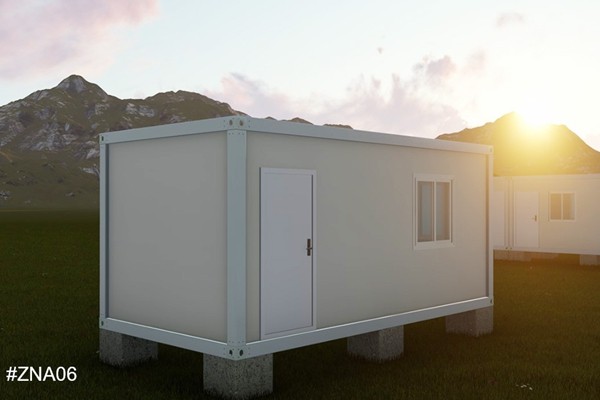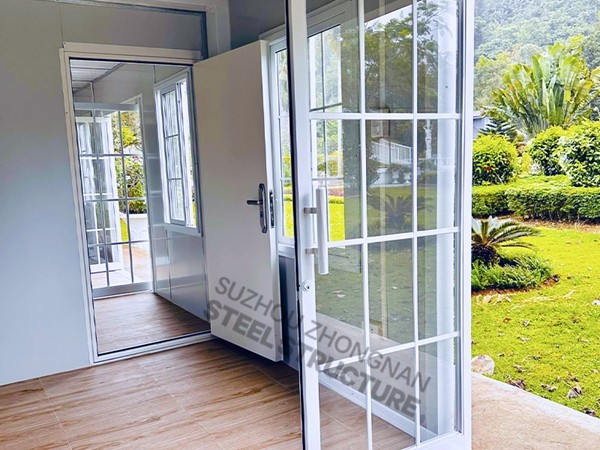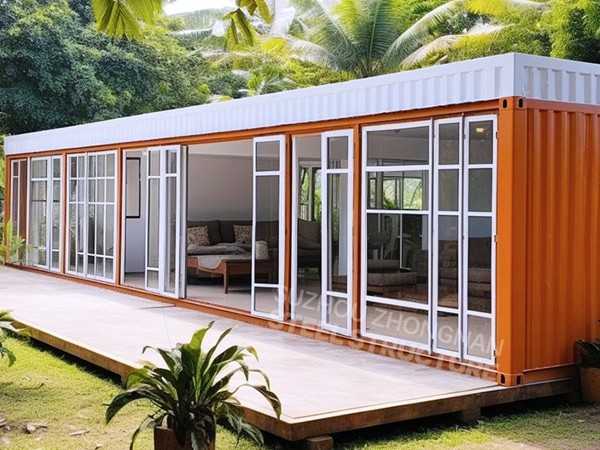From Early Innovations to Modern Prefab Homes
Prefabricated housing, or prefab homes, has a rich history that spans centuries, evolving from simple, functional structures to the sleek, customizable modern prefab homes we see today. From the early days of pre-built homes to the rise of expandable prefab tiny homes and prefab homes under 100k, this innovative approach to construction has continually adapted to meet the changing needs of society. Let’s take a journey through the history and evolution of prefab housing, exploring how it has shaped the way we live and build.

Early Beginnings: The Origins of Pre-Built Homes
The concept of prefabrication dates back to ancient times, with examples like the portable wooden structures used by nomadic tribes. However, the modern era of pre-built homes began in the 19th century, during the Industrial Revolution. Advances in manufacturing and transportation made it possible to produce building components in factories and ship them to construction sites.
One of the earliest examples of prefab housing was the Manning Portable Cottage, built in the UK in the 1830s. This pre-built home was designed for British settlers in Australia and could be shipped overseas in pieces for easy assembly. This marked the beginning of prefab housing as a practical solution for rapid, cost-effective construction.
Mid-20th Century: The Rise of Mass-Produced Prefab Homes
The mid-20th century saw a surge in the popularity of prefab housing, driven by the need for affordable, quick-to-build homes after World War II. Companies like Sears, Roebuck and Co. in the United States offered pre-built homes through mail-order catalogs, allowing homeowners to order a house kit and assemble it themselves.
During this period, prefab homes were often simple and utilitarian, designed to meet the urgent demand for housing. However, they laid the groundwork for the innovative designs and technologies that would emerge in later decades. The affordability and efficiency of these homes made them a popular choice for growing families and communities.
The Modern Era: Innovation in Modern Prefab Homes
In recent years, prefab housing has undergone a dramatic transformation, evolving into a symbol of modern design and sustainability. Today’s modern prefab homes are characterized by sleek aesthetics, energy-efficient features, and customizable layouts. Advances in materials and construction techniques have made it possible to create high-quality, durable homes that rival traditional site-built houses.
One of the most exciting developments in modern prefab housing is the rise of expandable prefab tiny homes. These compact, versatile structures are designed to maximize space and adaptability, making them ideal for minimalist living or as secondary dwellings. With features like fold-out walls and modular additions, expandable prefab tiny homes offer a flexible solution for modern lifestyles.
Affordability and Accessibility: Prefab Homes Under 100k
As housing costs continue to rise, the demand for affordable housing solutions has never been greater. Prefab homes under 100k have emerged as a game-changer, offering a cost-effective alternative to traditional construction. These homes are designed to be both affordable and high-quality, making homeownership accessible to a wider audience.
The affordability of prefab homes under 100k is achieved through efficient manufacturing processes, reduced waste, and streamlined assembly. Many of these homes are also designed with sustainability in mind, incorporating energy-efficient features and eco-friendly materials. This combination of affordability and sustainability has made prefab housing an attractive option for first-time homebuyers, retirees, and environmentally conscious individuals.
From its humble beginnings to its current status as a symbol of innovation and sustainability, prefab housing has come a long way. The evolution of pre-built homes, modern prefab homes, expandable prefab tiny homes, and prefab homes under 100k reflects the changing needs and priorities of society. As we look to the future, prefab housing will continue to play a vital role in addressing the challenges of affordability, sustainability, and design.
Explore the Future of Housing with Prefab Homes
Whether you’re drawn to the sleek design of modern prefab homes, the affordability of prefab homes under 100k, or the versatility of expandable prefab tiny homes, prefab housing offers something for everyone. Contact us today to learn more about how these innovative solutions can help you achieve your dream home.






